Delve into the outlandish universe of Alisa Gorshenina, redefining rural identity in the Russian Urals
Alisa Gorshenina, also known as Alice Hualice, blends stitchwork and masquerade to reinvent herself. Now, her work is drawing attention to Russia’s rural regions
Alisa Gorshenina calls her sewing technique “nervous stitchwork.” All of her costumes, accessories, and masks are handmade using second-hand materials, without any preliminary sketches. “It’s not discipline, really, it’s just a mania,” she explains. Intricate and spontaneous, the deliberate imperfections and imprecisions of her designs have become the personal stamp of her surrealist style.
Alisa has been drawn to creative work since childhood. She grew up in Yakshino, a small village in the Urals, and, at the age of six, moved to Nizhny Tagil, a nearby industrial town where she attended art school. She reflects on her college years as a double life, both trying to integrate artistic experiments within reality, and growing outside of the real world through self-organised exhibitions.
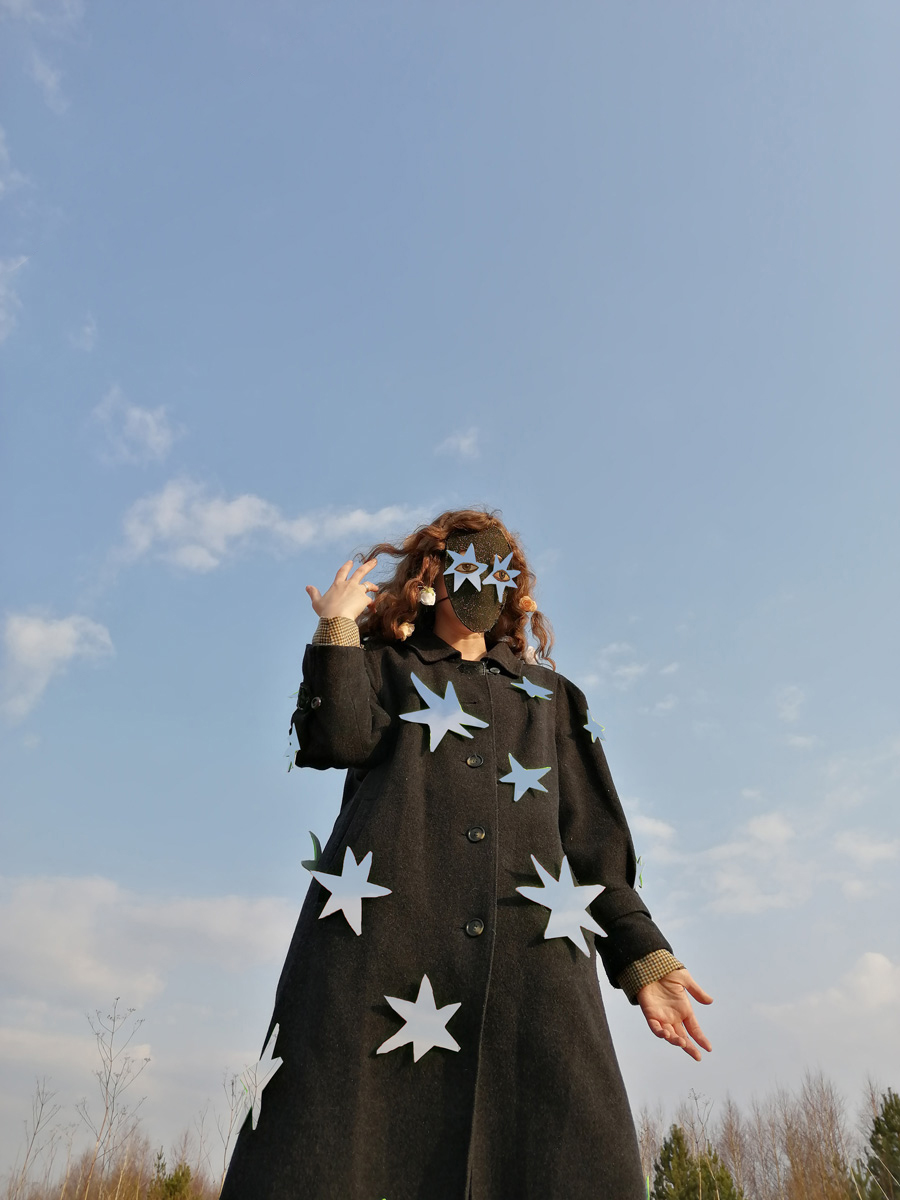
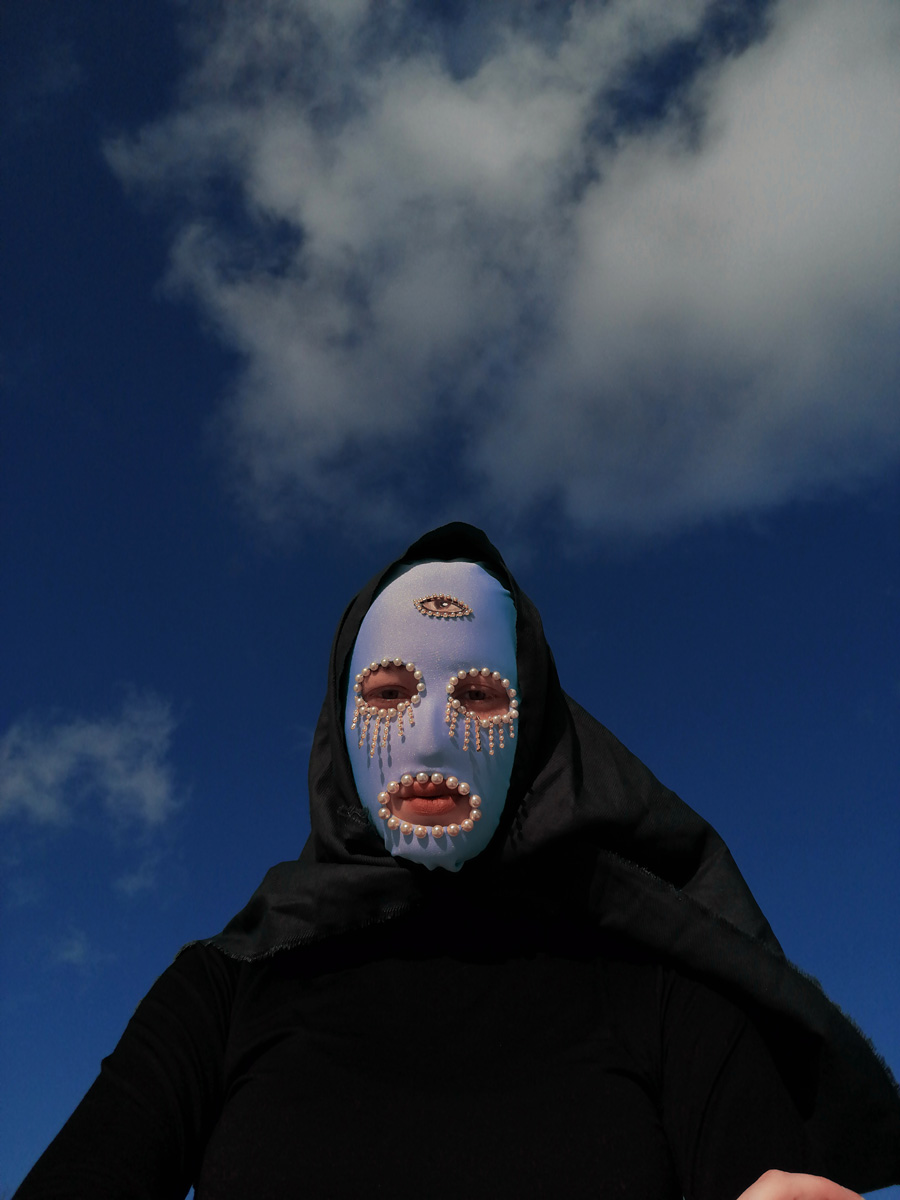
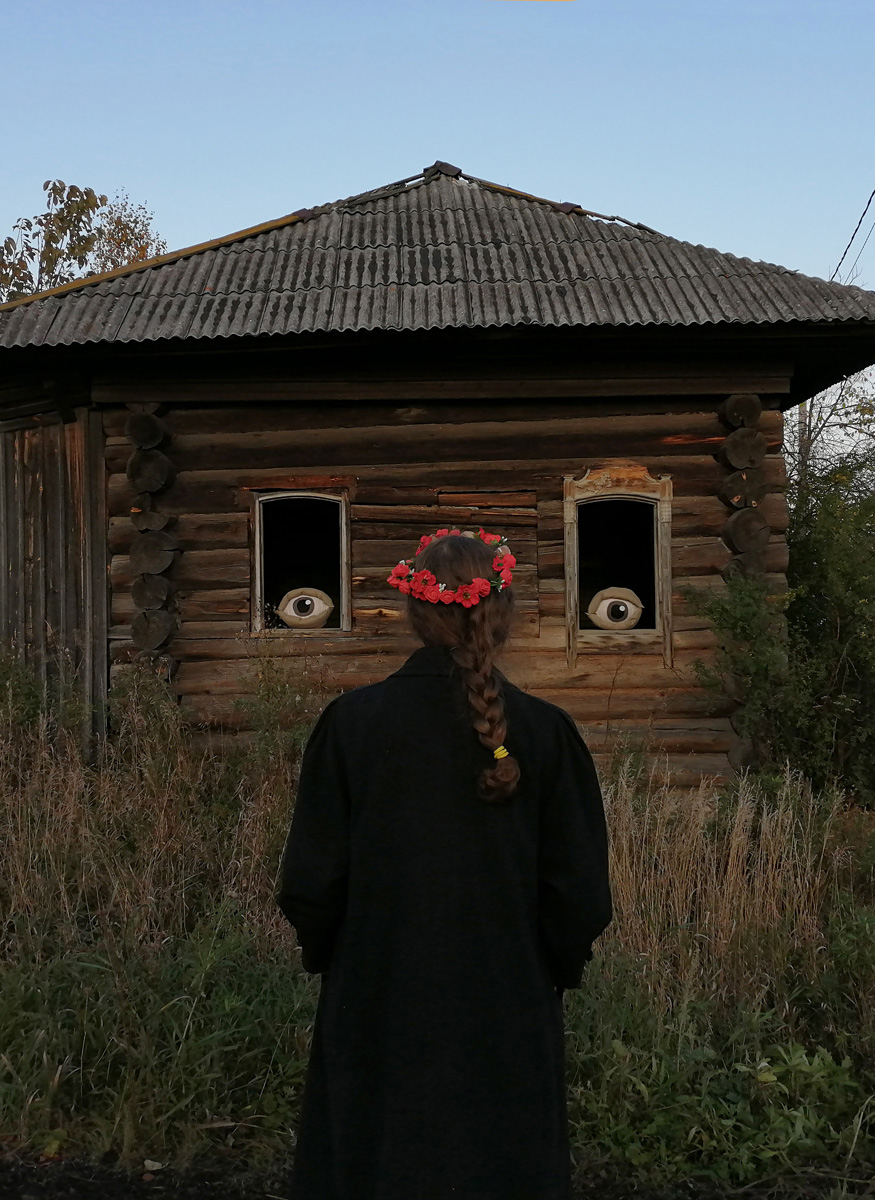
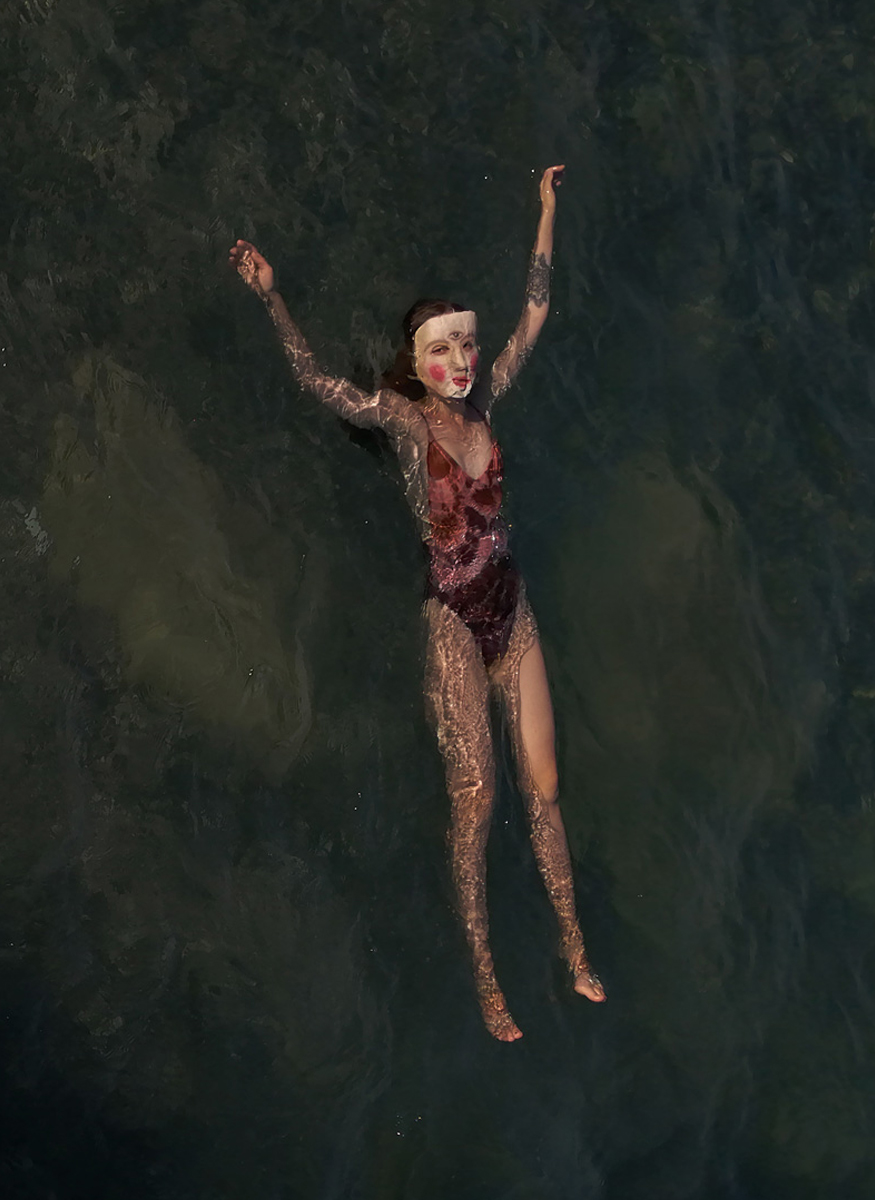
One common thread in Alisa’s diverse body of work is the mask. Her unusual designs use different shapes and materials, evoking a surreal, uncanny reality. She remembers trying on the first mask she created, and being captivated by its power to transform a person, while, underneath, they remained the same. “I don’t hide or try new guises — it’s always me, but in different incarnations,” she explains. “The mask is what transforms me, reveals something new within me.”
Alisa’s artistic creations extend far beyond textiles: her work combines digital collage, video arts, photography, and performance. She often draws inspiration from her childhood in Yakshino, and uses art as a way of drawing attention to Russia’s neglected rural heartlands.
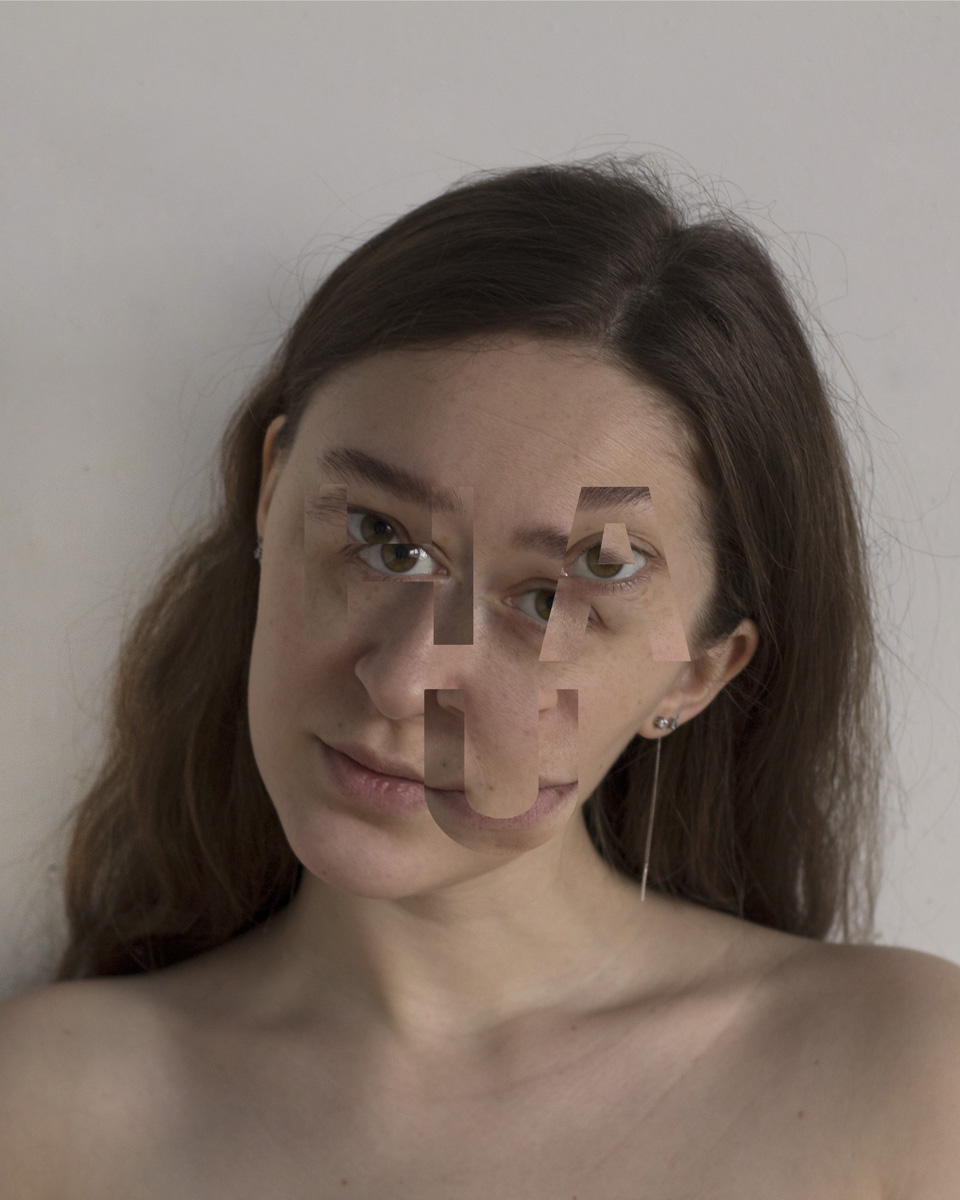
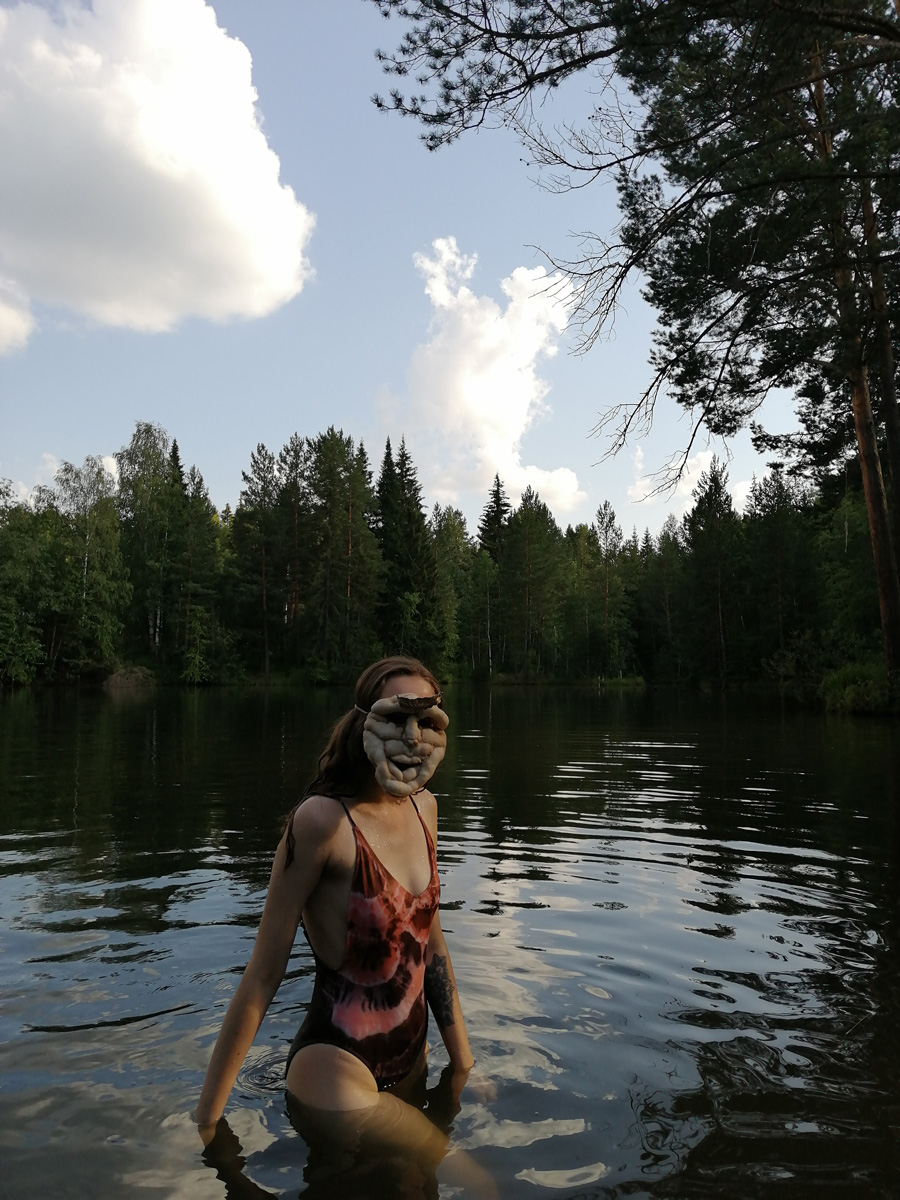
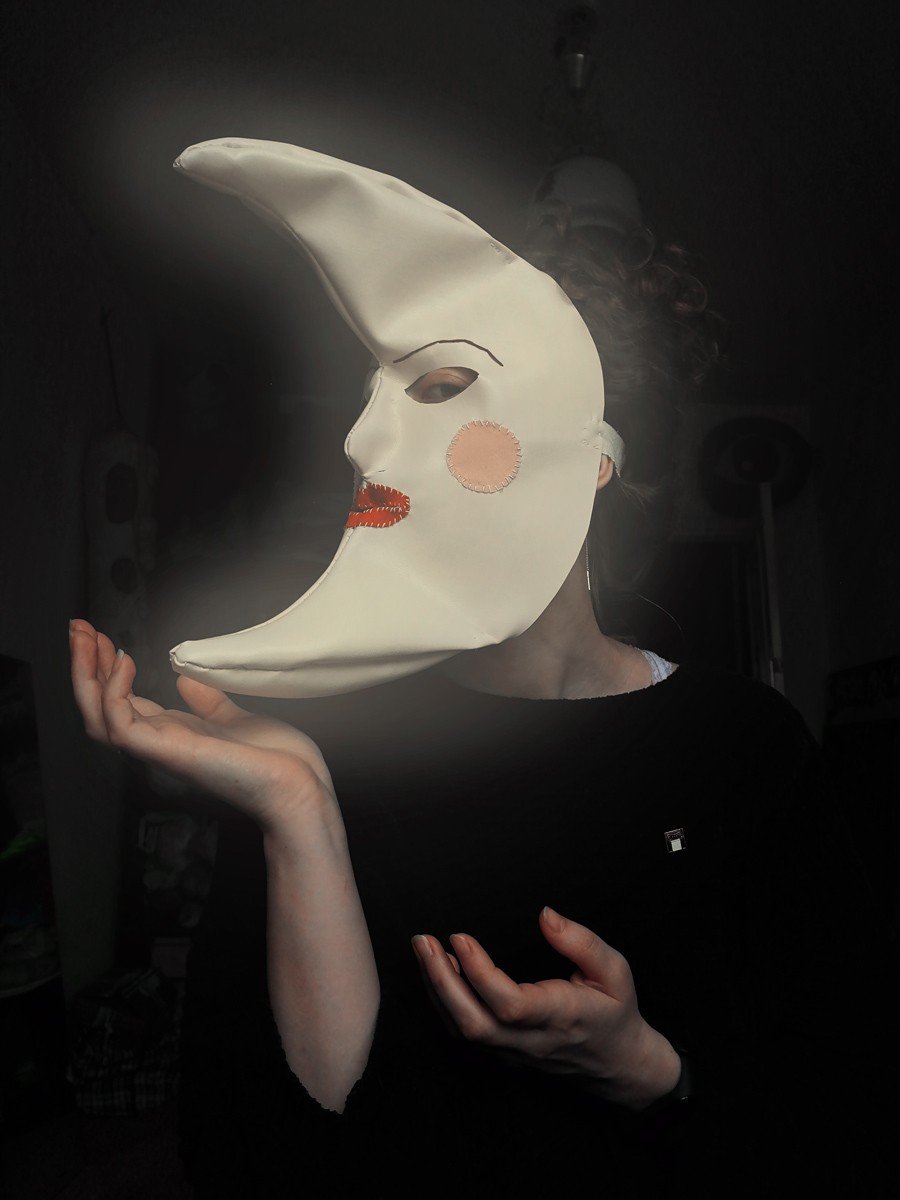
Gorshenina has a wide and loyal audience on Instagram, where she posts images of her artwork and snippets of her life with her husband Sergei in a small apartment in Nizhny Tagil. She often engages with her followers and answers questions, which, to her surprise, are mostly about her choice to stay in the Urals instead of going to a more glamorous school in Moscow or St Petersburg. “I’m still faced with the fact that many people don’t take art from the regions seriously,” Alisa confesses. “It’s sad, but I think that, with time, everyone will realise that the quality of the art is not defined by geography, but by the artist who creates it.”
For Alisa, this wish is already coming true. The recognition of her works has spread far beyond her Instagram following to prestigious exhibitions across Russia. This year, Alisa’s work has been selected to feature in the second iteration of the Garage Triennial of Russian Contemporary Art, a contemporary art exhibition set to take place in Moscow in the autumn. She was invited to participate in the Triennial by the artist Alexander Bayun-Gnutov.